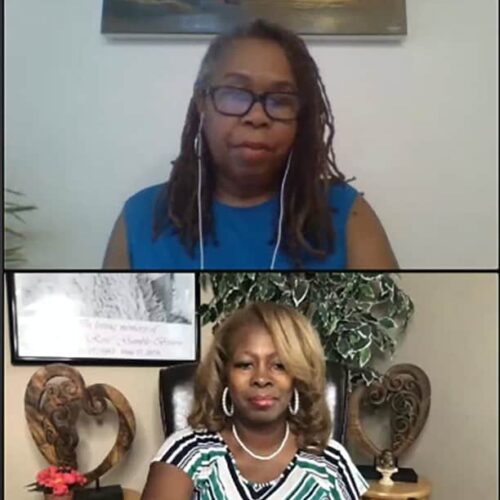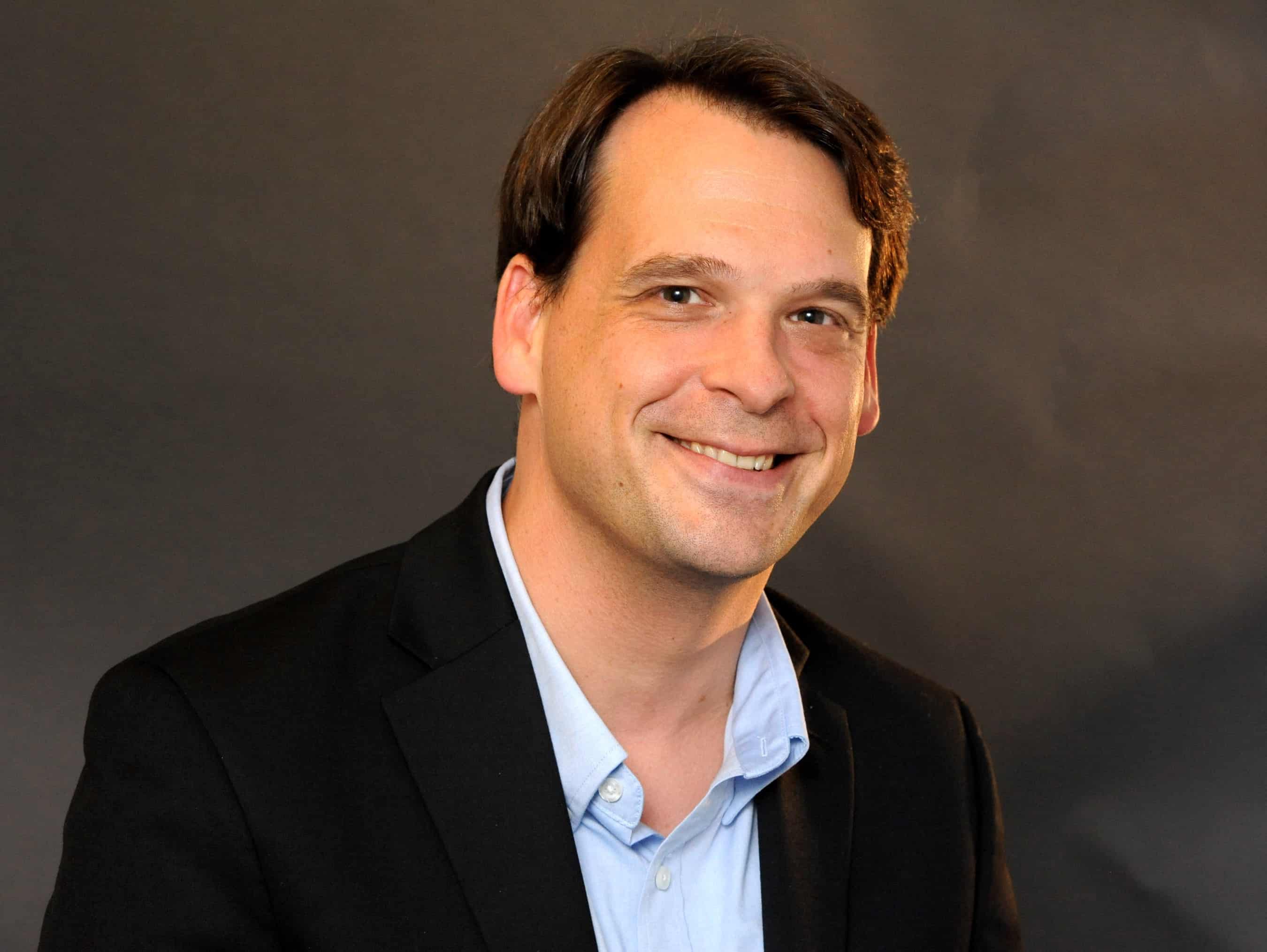Introduction
There’s a through line between Black people’s historic fight for the right to vote and what’s happening in 2020, with polling-place closures, lawsuits against voting by mail and other voter-suppression tactics, three experts on voting rights said Wednesday in an online forum organized by the Center for Public Integrity and the Student Nonviolent Coordinating Committee Legacy Project. And it’s all happening against the backdrop of a pandemic, a national movement for racial justice and an unusually divisive presidential election.
“There’s a long bridge between past and present efforts to make sure that every vote counts,” said Public Integrity CEO Susan Smith Richardson, who moderated the discussion, in part a lead-in to an investigative reporting project, “Barriers to the Ballot Box,” being published this fall by Public Integrity and The Pew Charitable Trusts’ Stateline project.
Sign up for The Moment newsletter
Our CEO Susan Smith Richardson guides you through conversations and context on race and inequality.
“We shouldn’t be surprised by current efforts to suppress the vote,” said Sonia R. Jarvis, a professor at Baruch College at the City University of New York, detailing some of the Jim Crow-era tactics used to keep Black people from voting and the modern erosion of the 1965 Voting Rights Act that sought to prohibit them.
From the popularization of voter ID requirements after the disputed 2000 presidential election to attacks on mail-in balloting in 2020, Jarvis said, disenfranchisement seems to be the aim.
“Americans don’t object to reasonable efforts to make sure you are who you say you are in order to vote,” she said. But it’s clear that’s not the real goal when the government allows someone to use a fishing license to show proof of eligibility, for example, but not a university-issued student ID card.
Decades ago, Jarvis said, your grandfather had to have been a voter for you to have the right to cast a ballot. Or you were given a subjective “literacy” test. Or you were prohibited from voting in the general election unless you voted in the primary, a primary that only allowed white voters.
It continues to happen far beyond the Deep South, and to other people of color. Jarvis cited a law in North Dakota that required house numbers on voting rolls, excluding Native Americans with “non-standard” addresses, and local officials moving polling places in the Midwest so that they aren’t accessible by the bus lines many Latino voters rely upon.
“The real problem was the intent behind the changes in the law,” Jarvis said, which could explain why the Trump administration is attempting to restrict “voting by mail” in some states while promoting “absentee balloting” in others. In fact, they’re the same thing, but the stance is different based on whether Trump wants to make it easier for a particular group of people to vote — retirees in Florida, for example — vs. more difficult for others — such as Black people in Philadelphia.
The door for age-old voter-suppression tactics was reopened when the U.S. Supreme Court stripped the Voting Rights Act of 1965 of its most significant protections with the 2013 Shelby decision. Panelists at Public Integrity’s forum said that means Black people and other disenfranchised groups will have to recommit to the organizing work that was crucial before those protections existed.
Judy Richardson was on the front lines of the movement that helped lead to passage of the Voting Rights Act as a staffer for the Student Nonviolent Coordinating Committee from 1963 to 1966, organizing voter-registration efforts in Alabama, Georgia and Mississippi. She was a series associate producer for “Eyes on the Prize,” a landmark, 14-part documentary on the civil rights movement that aired on PBS in 1987.
“We are schooled by the folks who came before us,” she said, pointing to the example of SNCC founder Ella Baker, a “consummate grassroots organizer” who helped convert student sit-in demonstrations into efforts to register Black people to vote. “We don’t have all that money the Koch brothers have. One of the great equalizers — if we use it — is the vote.”
“This issue of voter suppression existed way before Trump,” said LaTosha Brown, founder of Black Voters Matter.
She’s doing the modern version of Ella Baker’s work, sending text messages about their voting status to half a million Black voters in Georgia, where more than 200,000 people were wrongly purged from voting rolls under a Republican administration that has been accused of repeatedly using suppression tactics.
For the first time in more than 25 years of doing this kind of work, Brown said, she’s hearing from people who say, “I don’t know how to vote.”
That’s not on them, she said; it’s a deliberate tactic by people who are afraid that demographic shifts in the U.S. are threatening their power.
“There is a culture of fear intimidation and confusion … creating chaos … that’s intentional, to create apathy,” Brown said. “… Voting, in many ways, is a traumatic experience for us. You have to go through hell to vote. You have to stand in line for three hours.”
In this environment, and against the backdrop of everything else that 2020 has brought, Brown stresses the need for optimism, asking “how do we create and generate Black joy?”
“We’re talking to people about power,” she said. “We’re not begging. We’re not asking for power. We’ve got power.”
Black Voters Matter has made pandemic-related adjustments to keep organizing in 11 states — canvassing, training people, phone-banking, doing radio interviews, running text-messaging campaigns and making plans to help voters get to the polls. It has also filed lawsuits in Georgia and Alabama to try to block voter-suppression tactics.
“We’re doing everything we can to push for a high voter turnout,” Brown said. “We’re literally talking about fascism and we’re literally talking about the unraveling of democracy.”
Read more in Inside Public Integrity
Hidden Epidemics
Navigating mental health needs after natural disasters
A Public Integrity discussion dug into a part of the disaster recovery process that the country does not manage well.
Inside Public Integrity
Online forum focuses on trickle-down economics and the Trump tax law
A Public Integrity forum and new podcast examine winners and losers from Republicans’ 2017 redistribution of wealth.


Join the conversation
Show Comments